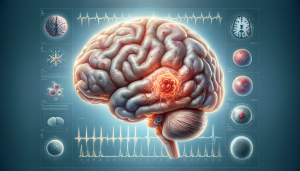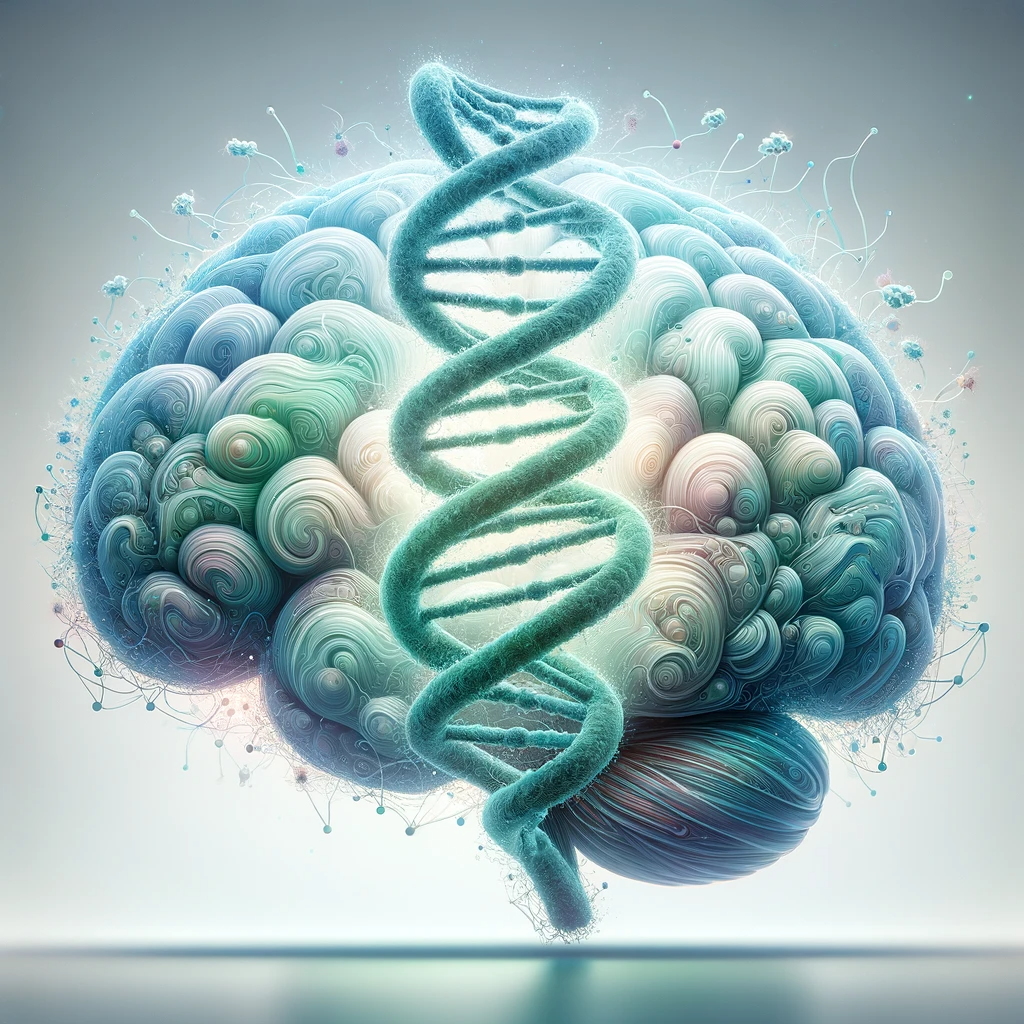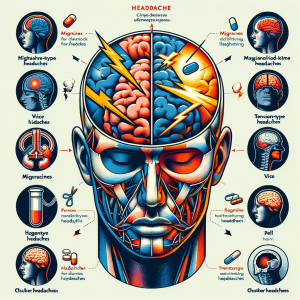 Abstract
Abstract
Rasmussen’s Encephalitis (RE) is a rare, progressive neurological disorder, predominantly affecting the pediatric population. Characterized by unilateral hemispheric inflammation, recurrent seizures, and neurological decline, RE poses significant diagnostic and therapeutic challenges. This review aims to dissect the current understanding of RE’s pathogenesis, clinical presentation, and evolving therapeutic modalities.
Introduction
First described by Theodore Rasmussen in the 1950s, Rasmussen’s Encephalitis is an enigmatic entity in pediatric neurology. The disorder represents a confluence of inflammation, epilepsy, and neurodegeneration, culminating in a devastating impact on the developing brain.
Pathogenesis
The etiology of RE remains elusive, though current hypotheses pivot around autoimmune mechanisms. The presence of specific antibodies and the efficacy of immunotherapies lend credence to this theory. Molecular mimicry and aberrant immune responses are posited as potential initiating events.
Clinical Presentation
RE typically manifests in childhood with a triad of intractable focal seizures, progressive hemiparesis, and cognitive decline. Seizure semiology is diverse, often refractory to conventional antiepileptic drugs. Neuroimaging reveals unilateral cortical atrophy, while histopathology shows lymphocytic infiltration, microglial activation, and neuronal loss.
Diagnostic Considerations
Diagnosis is primarily clinical, supported by imaging and electroencephalographic findings. The exclusion of other etiologies such as viral encephalitis, autoimmune encephalitis, and structural abnormalities is critical. Biopsy, while definitive, is seldom performed due to its invasiveness.
Therapeutic Interventions
Management is multidisciplinary, encompassing aggressive seizure control and immunomodulation. Steroids, intravenous immunoglobulins, and plasmapheresis constitute the first line of defense. Antiepileptic drugs are tailored to individual seizure patterns. Hemispherectomy, though radical, may be considered in refractory cases to arrest seizure activity and progression.
Prognosis and Future Directions
The course of RE is typically relentless, with most patients experiencing significant neurological deficits. However, early intervention and aggressive therapy can alter its trajectory. Ongoing research is focused on deciphering the immunological underpinnings, which may pave the way for targeted therapies.
Conclusion
Rasmussen’s Encephalitis is a paradigm of autoimmune neurology, presenting a unique amalgamation of challenges and opportunities. Advancements in understanding its pathophysiology and treatment hold the key to altering its course and improving outcomes.






